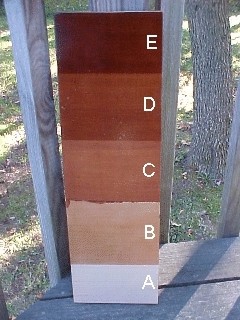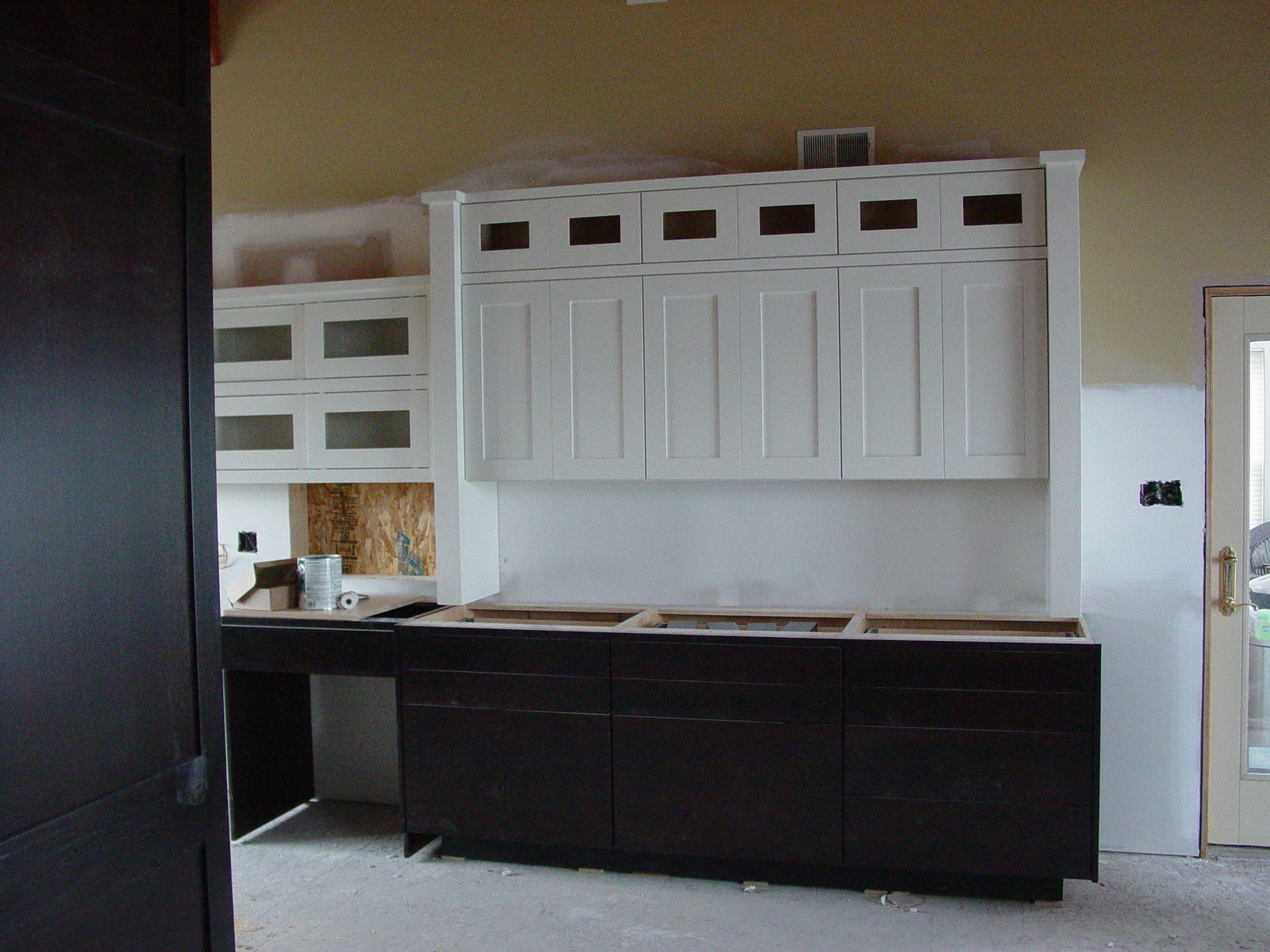Question
I am using a surface conditioner on Maple to help eliminate blotchiness (ticking). However, I am having a hard time controlling my original color. All of the stains are coming out to light. The product I am using is 10% solids from Ceramic Ind. Coatings. I am spraying the conditioner, wiping, then waiting 5 minutes to apply a spray and wipe stain. I have tried other conditioners and I am getting the same results. Can someone recommend a different product or method?
Forum Responses
(Finishing Forum)
From contributor T:
With water based stains I just flood the surface with stain, spraying it on heavy and very wet, and then wipe it off with stain-wet rag. Just don't wipe after it dries. Keep it wet, then stop. Another way is to mist the stain on in very light coats. This takes practice. Try it on a large sample board first.
Problems will be striping and matching all the surfaces. It also may cause adhesion problems for the clear coats as the stain is not in the wood at all, just lying on top. The dark maple kitchen below was stained by the light mist sprayed method. All my finishes are Fuhr waterbased.
Stain was 155 (spraying stain), with low sheen 255 urethane on top. I rarely use this technique anymore except to tone an area to darken it up. Now I flood and wipe using Fuhr's # 106 (slowest drying) or #165 (slow drying) wiping stain. This method is faster. Splotchiness is not a problem, but strange grain patterns do appear sometimes. My cabinets are all sold through retailers now. I have not had any returns or complaints.
Also, you didn't go into much detail about your finishing schedule but if you're using lacquer, you can add a toner directly into it. This has become our favorite way to deal with maple.
Obviously you have to cut or adjust your wiping stain since your final color is now a result of two staining steps. You work this out on samples. The combination with a dye step is actually a more vibrant color than pigment alone which is usually a plus.
A washcoat is certainly valid and an effective means of controlling absorption of pigment stains, but if I am doing a big run of cabinets it’s not my first choice for time reasons. The conditioner type approach is very easy if it works, but as you are finding out this has very limited application. Your bare wood prep is pretty important relative to using stains on maple as well.
To get around the problem, you can add color before and/or after you use the stain. To add color before the stain, dye the wood before you apply the washcoat/conditioner. To add color after the stain, seal the stain with a coat of finish, sand it smooth and then use a toner to add the color you need. For the toner, you can use a little dye mixed into the finish or a little of the stain as long as it's compatible with the topcoats you're using.
The stepboard in the imagee below is an example of the process on maple. Section 'A' is bare maple, 'B' shows a light colored dye, 'C' shows the dye with a stain over it, 'D' has a coat of toner over the sealed stain, and 'E' has a second coat of toner. By layering the color, you can build it up as dark as you like and keep it very even.
If you use stain in the finish as a toner, be careful not to use too much. The pigments in stain can obscure the wood grain if you use too much stain in the finish. Dye is a lot more transparent and won't obscure the grain nearly as much.
Do some good size samples to check out the color. If you try to get a lot of color from the toner, it takes a practice to avoid spraying stripes or getting even color in corners (raised panels for example).

This wood was Lyptus but the technique works equally well with Maple, Alder, Cherry etc.The guys are right about building up the color instead of trying to get it all in 1 coat.

The one thing I never tried was color added to my finish. So if I don't use any stain and just add color to my poly the problem may be solved. I am supposed to follow the architect’s spec which is one coat oil base stain and two coats of a waterbase polyurethane. This leaves a lot of blotchiness. I would like to give him those samples showing the blotchiness then make another sample my way without the blotchiness. I just don't like the idea of having my work being shown with a terrible looking finish.